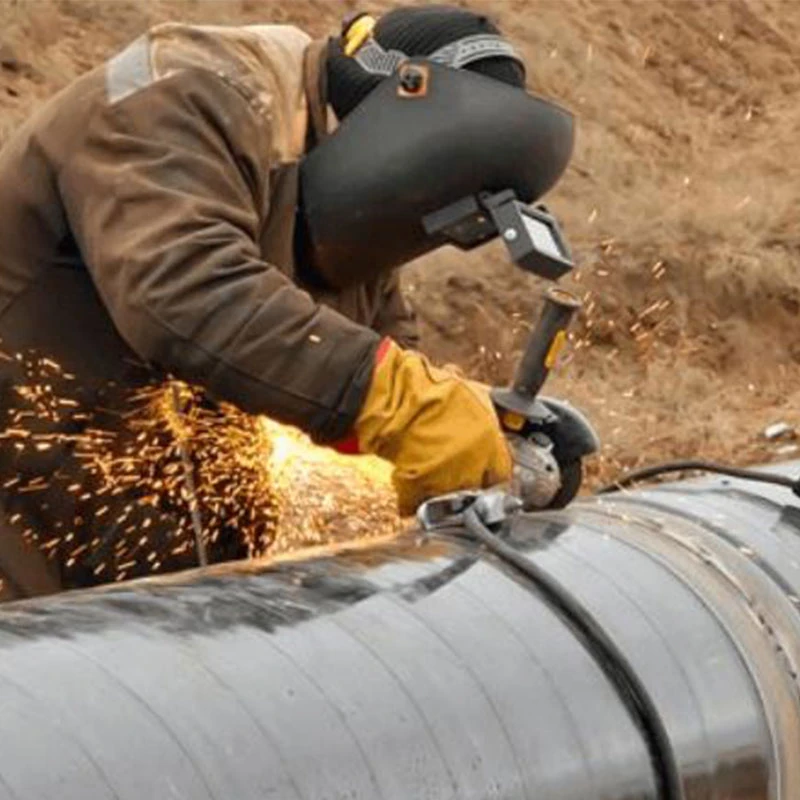-
Cangzhou Yulong Steel Co., Ltd.
-
Phone:
+86 13303177267 -
Email:
admin@ylsteelfittings.com
- English
- Arabic
- Italian
- Spanish
- Portuguese
- German
- kazakh
- Persian
- Greek
- French
- Russian
- Polish
- Thai
- Indonesian
- Vietnamese
- Zulu
- Korean
- Uzbek
- Hindi
- Serbian
- Malay
- Ukrainian
- Gujarati
- Haitian Creole
- hausa
- hawaiian
- Hebrew
- Miao
- Hungarian
- Icelandic
- igbo
- irish
- Japanese
- Javanese
- Kannada
- Khmer
- Rwandese
- Afrikaans
- Albanian
- Amharic
- Armenian
- Azerbaijani
- Basque
- Belarusian
- Bengali
- Bosnian
- Bulgarian
- Catalan
- Cebuano
- China
- China (Taiwan)
- Corsican
- Croatian
- Czech
- Danish
- Esperanto
- Estonian
- Finnish
- Frisian
- Galician
- Georgian
- Kurdish
- Kyrgyz
- Lao
- Latin
- Latvian
- Lithuanian
- Luxembourgish
- Macedonian
- Malgashi
- Malayalam
- Maltese
- Maori
- Marathi
- Mongolian
- Myanmar
- Nepali
- Norwegian
- Norwegian
- Occitan
- Pashto
- Dutch
- Punjabi
- Romanian
- Samoan
- Scottish Gaelic
- Sesotho
- Shona
- Sindhi
- Sinhala
- Slovak
- Slovenian
- Somali
- Sundanese
- Swahili
- Swedish
- Tagalog
- Tajik
- Tamil
- Tatar
- Telugu
- Turkish
- Turkmen
- Urdu
- Uighur
- Welsh
- Bantu
- Yiddish
- Yoruba

дек. . 03, 2024 15:21 Back to list
flange price
Understanding Flange Prices Key Factors and Market Trends
Flanges are essential components in various engineering applications, primarily in piping systems, where they facilitate the connection of pipes, valves, pumps, and other equipment. As integral as they are to safety and efficiency in these systems, the price of flanges can fluctuate based on several factors. Understanding these factors is crucial for contractors, manufacturers, and engineers alike, as it can significantly influence project budgets and timelines.
Market Demand and Supply Dynamics
One of the primary drivers of flange prices is defined by the balance of supply and demand in the market. In recent years, the oil and gas industry has seen a resurgence in activity, leading to increased demand for flanges utilized in pipelines and infrastructural expansions. When demand rises in comparison to supply, prices typically increase. Conversely, if a surplus of flanges exists due to reduced demand—perhaps from economic downturns—prices can decline.
Additionally, global influences such as geopolitical stability and economic growth in emerging markets can impact the demand for flanges. Countries that are heavily investing in infrastructure development often see a robust demand for piping components, including flanges, leading to increased prices. Fluctuations in construction and manufacturing activity also play a significant role in shaping market dynamics.
Material Costs
The cost of raw materials is another crucial factor impacting flange prices. Flanges can be made from various materials, such as stainless steel, carbon steel, and alloy steel. The price of these raw materials is subject to global commodity market fluctuations. For example, the price of stainless steel, which is often used for flanges due to its corrosion resistance, can significantly impact overall flange pricing.
Additionally, the sourcing of these materials may vary by region, affecting transportation and logistics costs. Tariffs and trade policies can also play a role—for instance, increasing tariffs on steel imports can lead to higher material costs, which are often passed on to the consumer in the form of higher flange prices.
flange price

Manufacturing Processes
The methods used to manufacture flanges can also affect their cost. Factors such as complexity of design, production techniques, and the scale of operation influence the manufacturing price. Flanges that require custom designs or specialized manufacturing processes might incur additional costs, further driving up prices. Economies of scale are prominent in flange production—larger manufacturers can often produce at a lower cost per unit than smaller suppliers, allowing them to offer competitive pricing.
Quality certifications also play a role in determining prices. Flanges that comply with industry standards, such as ASTM or ASME certifications, may be priced higher due to the investment in quality assurance processes. Buyers often prefer these higher-priced, quality-certified flanges because they provide assurance of durability and performance, thereby reducing the risk of failures in critical applications.
Competitive Landscape
The competitive landscape in the flange market can also dictate pricing strategies. Various manufacturers and suppliers may employ different pricing models based upon their positioning in the market. Key players may leverage their reputation, quality, and service offerings to justify higher prices. Conversely, entry-level brands or emerging suppliers might undercut prices to capture market share, creating a competitive pricing environment.
Conclusion
In summary, flange prices are influenced by a multitude of factors, including market demand and supply dynamics, material costs, manufacturing processes, and the competitive landscape. With the ongoing advancements in technology and fluctuations in global markets, it is prudent for stakeholders in the industry to stay informed about these trends to make educated purchasing decisions. Understanding these variables not only aids in budget preparation but also helps in anticipating potential price changes in the future.
As industries evolve and new standards emerge, staying up-to-date with the factors that drive flange prices can provide a crucial advantage in project planning and execution, ensuring that engineers and contract managers can navigate the complexities of flange procurement effectively.
Latest news
-
ANSI 150P SS304 SO FLANGE
NewsFeb.14,2025
-
ASTM A333GR6 STEEL PIPE
NewsJan.20,2025
-
ANSI B16.5 WELDING NECK FLANGE
NewsJan.15,2026
-
ANSI B16.5 SLIP-ON FLANGE
NewsApr.19,2024
-
SABS 1123 FLANGE
NewsJan.15,2025
-
DIN86044 PLATE FLANGE
NewsApr.19,2024
-
DIN2527 BLIND FLANGE
NewsApr.12,2024
-
JIS B2311 Butt-Welding Fittings LR/SR 45°/90° /180°Seamless/Weld
NewsApr.23,2024











